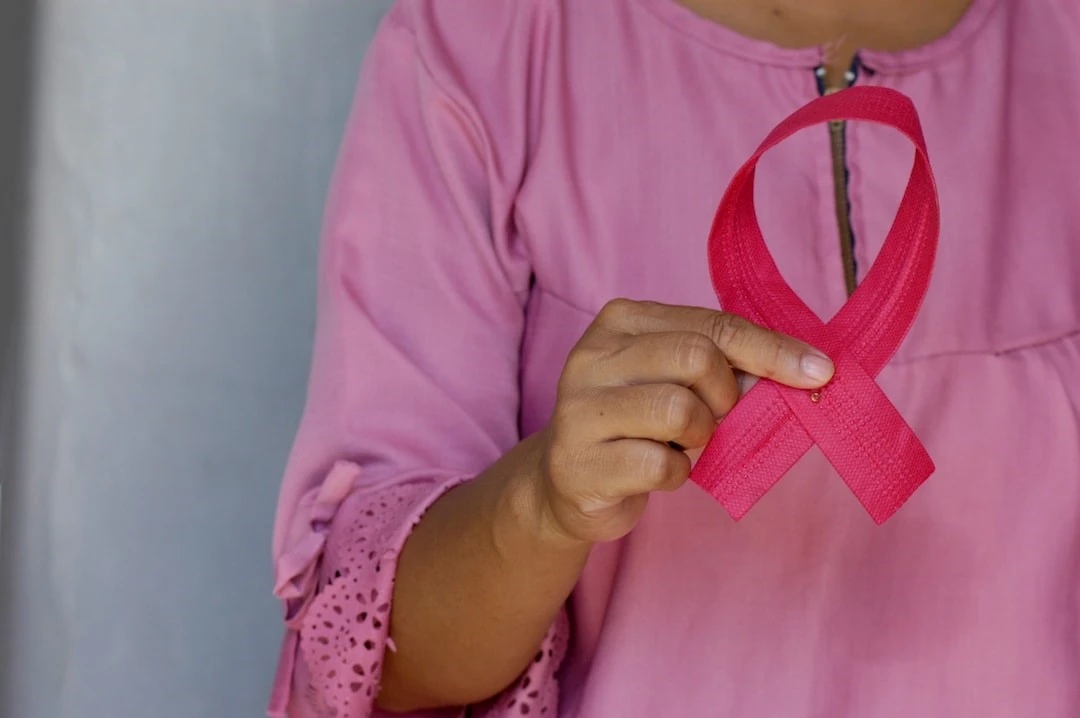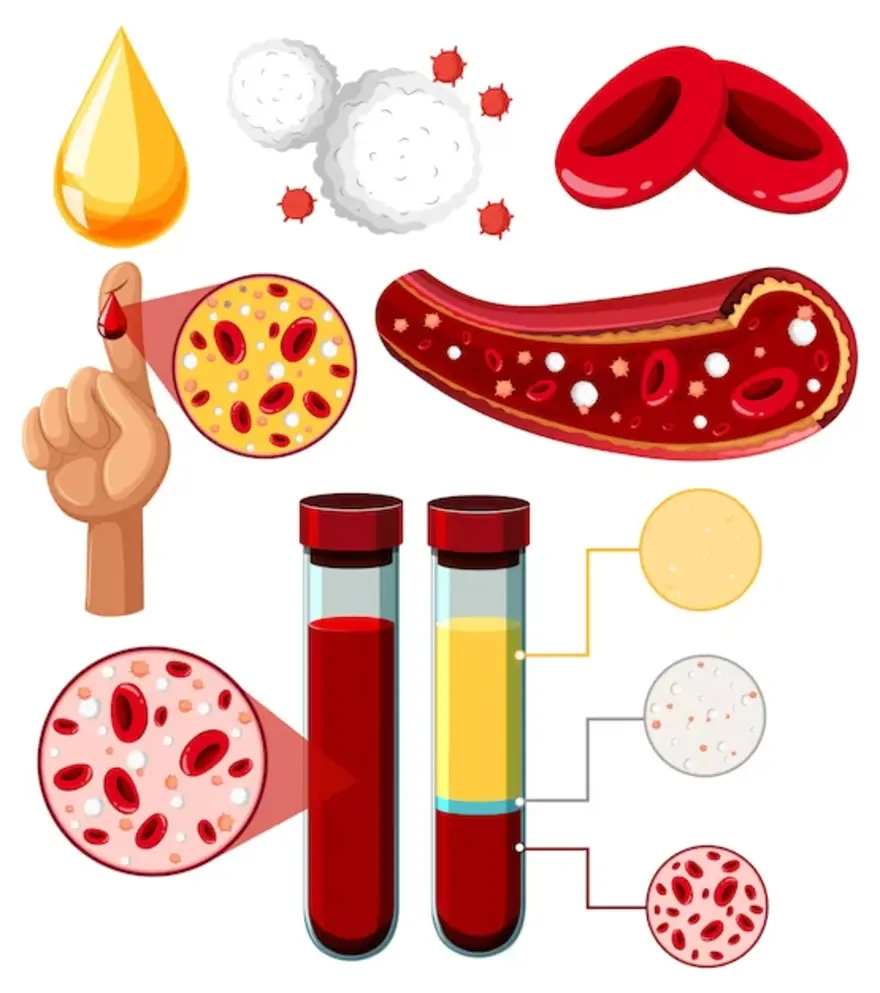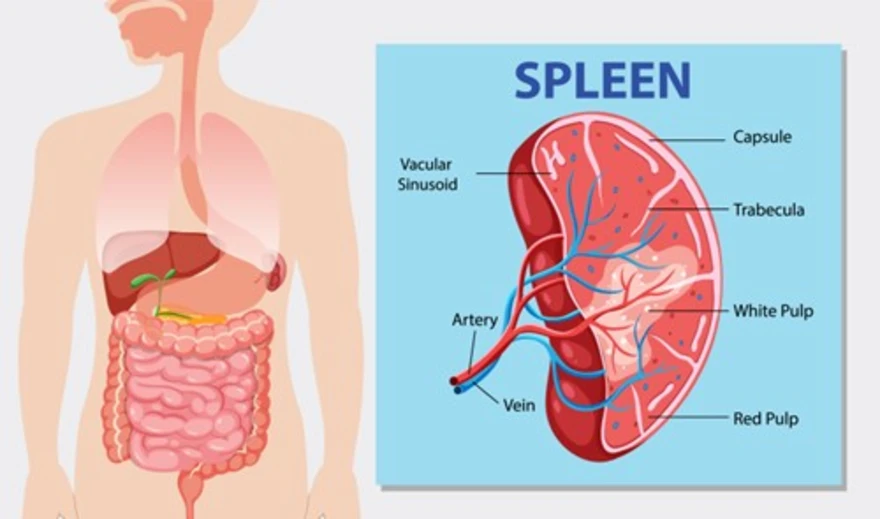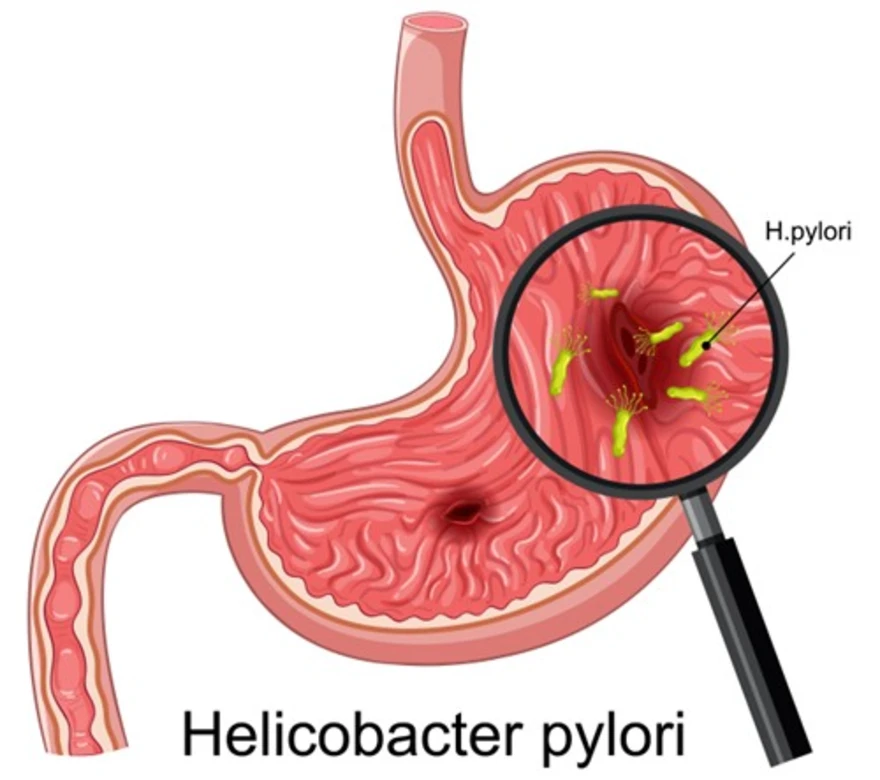Preventive Healthcare
Breast Cancer:Understanding Breast Cancer Warning Signs, Causes. Treatement and Early Detection

Table of Contents
- What is breast cancer?
- Who is mainly affected by breast cancer?
- What age does breast cancer occur?
- What race is most affected by breast cancer?
- How common is breast cancer?
- What are the types of breast cancer?
- What are the early signs of breast cancer?
- What causes breast cancer?
- How is breast cancer diagnosed?
- What are the stages of breast cancer?
- How is breast cancer treated?
- Conclusion
What is breast cancer?
Breast cancer is when the breast cells start multiplying excessively due to changes known as mutations in the cell growth regulatory genes. This mutation lets the cells divide and multiply uncontrollably. Typically, the first signs of breast cancer may form in the lobules or ducts of the breasts.
Lobules are the glands that produce milk, and ducts are the pathway that carries the milk from the glands to the nipples. Cancer can also grow in the breast's fatty or fibrous connective tissue.
These cancer cells can often invade healthy breast tissue and travel to lymph nodes under the arms.
Who is mainly affected by breast cancer?
Those whose mother, daughter, or sister (first-degree relatives) have had breast cancer are at higher risk of developing the disease. Having a first-degree male relative increases the risk of developing this condition.
The presence of specific inherited genes, such as BRCA1 and BRCA2, also increases the risk of developing breast cancer.
What age does breast cancer occur?
The risk of developing signs of breast cancer increases with age. 20-year-olds have a 0.06% chance of getting breast cancer in the next decade, by age 70, it becomes 3.84%.
What race is most affected by breast cancer?
According to the Centers for Disease Control and Prevention (CDC), the mortality rate due to breast cancer is 40% higher among black women. It was also found that African-American women were more likely to develop severe breast cancer than other races.
Low socioeconomic status makes it difficult for these women to get good quality health insurance and medical services, causing these individuals to get breast cancer diagnosis at later stages.
How common is breast cancer?
With 27.7% of all cancers detected in India, breast cancer is the most common. One woman is diagnosed with breast cancer every 4 minutes.
What are the types of breast cancer?
Numerous types of breast cancer can be divided into two main categories.
- Non-invasive breast cancer, also called breast cancer in situ, does not spread from the original tissue.
- Invasive breast cancer can move from the ducts or glands to other body parts.
Common types of breast cancer
Ductal Carcinoma in situ: The cancer cells are present within the ducts of the breast.
Lobular Carcinoma in situ: The cancer cells grow in the milk-producing glands
Invasive ductal carcinoma: Cancer begins in the milk ducts and moves to the nearby breast tissue. This is the most common kind of breast cancer.
Invasive lobular carcinoma first develops in the breast's lobules before moving to nearby tissue.
Less common cancers include
Paget disease of the nipple: The cancer begins in the nipples and slowly starts infecting the skin and areola of the nipples.
Phyllodes tumor: A rare kind of breast cancer that forms in the breast's connective tissue.
Angiosarcoma: It grows in the blood vessels and lymph vessels in the breast.
Inflammatory breast cancer: This is a rare but aggressive form of cancer in which the cells block the lymph nodes near the breasts so the lymph vessels cannot drain properly.
Triple-negative breast cancer: The cancer needs to have the following characteristics to be diagnosed as triple-negative breast cancer:
- lacks estrogen receptors
- lacks progesterone receptors
- The surface doesn't have additional human epidermal growth factor receptor 3 (HER) proteins.
What are the early signs of breast cancer?
The signs and symptoms of breast cancer can vary from person to person. These possible signs of breast cancer include
- Changes in the shape, size, or contour of the breasts
- A small lump or mass that could feel like a small pea in the breast
- A thickening or lump inside or near the breasts or near your underarms that persists through your menstrual cycle.
- Any change like dimpling, scaliness, inflammation, or skin puckering on your nipple or breasts.
- Redness on the breast skin
- One area of the breast that is distinctly different from other regions
- A clear or blood-stained discharge from the nipple
- A marble-like hardened area under the skin
Most people do not recognize the early symptoms of breast cancer, so it is essential to get regular mammograms, especially if you have a family history of breast cancer.
What causes breast cancer?
While the exact cause of breast cancer is unknown, several risk factors can increase your chances of developing this disease.
- Age: Being 55 or older could increase your risk of developing cancer.
- Sex: Females are more likely to develop breast cancer.
- Genetics and family history: If you have a parent or sibling who has breast cancer, you are more likely at risk of it too. Research shows that 5-10% of breast cancers are due to single abnormal genes passed down from parents to children.
- Smoking: The use of tobacco use is linked to several cancers, including breast cancer.
- Alcohol: Like smoking, alcohol use can also put you at risk of developing breast cancer.
- Obesity: Obesity not only puts you at risk of developing cancer but can also cause the recurrence of breast cancer symptoms.
- Radiation exposure: Prior radiation therapy, especially on your head, and neck can put you at risk of developing breast cancer.
- Hormone replacement therapy: People who use this therapy are more at risk of showing early symptoms of breast cancer.
Along with these, other factors include the chances of showing breast cancer symptoms, which is why you need to talk to your healthcare provider if you find out you may be at risk of developing breast cancer.
How is breast cancer diagnosed?
A physical examination will help recognise the first signs of breast cancer, after which your healthcare provider will take a look at your medical and family history and suggest a set of diagnostic tests, including
- Mammogram: This is a special X-ray image that can detect abnormal growths or changes in your breasts.
- Ultrasonography: Here, sound waves are used to image the inside of your breast. This helps diagnose abnormalities and breast lumps.
- Positron emission tomography (PET) scanning: This test uses specialised dyes to highlight any areas that may be suspicious.
- Magnetic resonance imaging (MRI): With the help of radio and magnetic waves, a detailed, clear image of the structure of your breast is formed.
If the imaging tests indicate anything suspicious, your healthcare provider would need you to get a biopsy of your breast tissue so they may take a sample that is then sent to a diagnostic lab.
What are the stages of breast cancer?
Clearly defining the breast cancer stages helps healthcare providers and patients understand how much cancer is present in the body. The size, location, and other factors like whether or not the cancer has spread to other parts of the body help determine the stage.
Stage 0: This is when the early symptoms of breast cancer appear, and the disease is still non-invasive, which means it hasn't broken out of the breast ducts.
Stage I: Here, the cancerous cells have moved to the breast tissue nearby.
Stage II: At this stage, the tumour is 2 cm or smaller in diameter and has spread to the lymph nodes, or is larger than 5 cm but is still contained in the area of origin.
Stage III: Here, the cancer may have spread far beyond the origin point and invaded the lymph nodes and tissues nearby but has not reached distant organs. Your doctor may refer to this as locally advanced breast cancer.
Stage IV: This is the last stage, also known as metastatic breast cancer, where the cancer may have spread to areas like the bones, brains, lungs, and liver that are far away from where the signs of breast cancer appeared.
How is breast cancer treated?
Choosing the right kind of breast cancer treatment for you may depend on several factors, such as the location and size of the tumor and whether or not it has traveled to other places in the body. You need to get together with your healthcare provider and come up with a treatment plan that works best for your unique needs. Sometimes, you may even need a combination of the following treatments for better results.
1. Breast cancer surgery
Removing the cancerous part of the breast and a small area of normal tissue around the tumour is one of the most effective ways of dealing with breast cancer symptoms. Different situations may call for different types of surgery including:
- Lumpectomy
- Mastectomy
- Sentinal node biopsy
- Axillary lymph node dissection
- Modified radical mastectomy
- Radical mastectomy
2. Chemotherapy for breast cancer
Chemotherapy may be suggested before a lumpectomy to shrink the size of the tumour. It can also be used after surgery to kill any persistent cancer cells and reduce the risk of the cancer spreading to other parts of the body. If your breast cancer symptoms have already spread to other parts of your body, this may also be the primary form of treatment you must undergo.
3. Radiation therapy for breast cancer
This is another treatment used to kill any remaining cancerous cells after surgery. It can also be used to treat metastatic tumours that may be causing complications and pain.
4. Hormone therapy for breast cancer
Some types of breast cancers need hormones like progesterone and estrogen to grow. With this treatment, these levels are lowered or stopped from attaching to the breast cancer cells. This is often used after breast cancer surgery to reduce the risk of recurrence.
5. Immunotherapy for breast cancer
This breast cancer treatment uses your body's immune system to target and attack the cancerous cells. This is usually an intravenous treatment and can be combined with chemotherapy.
6. Targeted drug therapy for breast cancer
Targeted drug therapy is used when the breast cancer has travelled to other body parts. The commonly used drugs include monoclonal antibodies, antibody-drug conjugates, and kinase inhibitors.
Conclusion
As more and more people around the world have become increasingly aware of breast cancer symptoms and getting the required treatment on time the survival rate has started to get better. Preventive medical tests also help you catch other forms of diseases earlier which makes treatment more effective. Diagnostic centers like Metropolis Labs offer gender and age-specific packages that check for most diseases helping you get a headstart on living a healthy life.


























